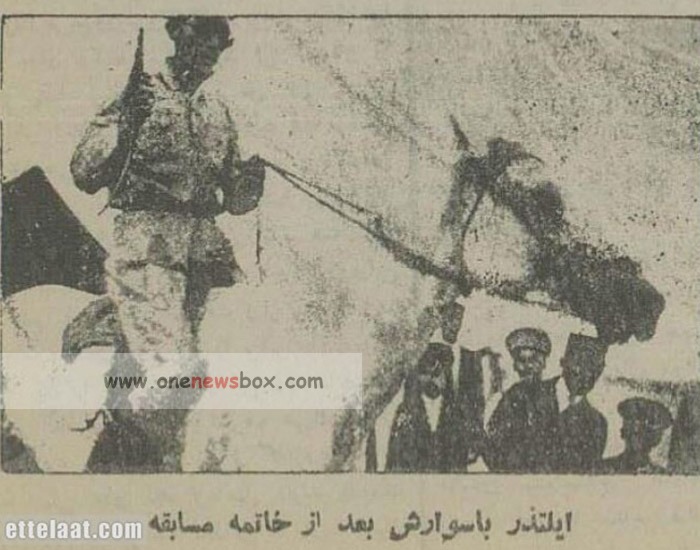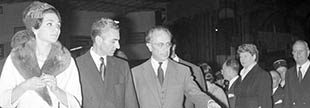A Geographical and Social Crossroads
Situated in District 6 of Tehran Municipality, the park is bordered by Fatemi Street to the north, Keshavarz Boulevard to the south, Kargar North Street (Amirabad Street) to the west, and Los Angeles Street to the east. The name of Los Angeles Street was changed to Hijab Street after the revolution, reflecting broader socio-political shifts.
Adjacent to Laleh Park is the Laleh Hotel, formerly known as the Intercontinental Hotel, which played host to dignitaries, politicians, and tourists in the pre-revolution era. This proximity to major cultural, academic, and commercial areas has helped Laleh Park remain a vital social hub.
Laleh Park in Iranian Memory and Identity
Laleh Park is more than a park—it is a national memoryscape. Generations of Iranians have grown up playing under its trees, attending its puppet shows, and exploring its museums. It is also a site of collective memory where people have gathered during both celebratory moments and times of national mourning or protest.
The combination of modern urban planning and Persian landscape tradition makes Laleh Park a unique case study in how green spaces can be integrated into dense urban environments. The preservation of this park through decades of upheaval underscores its value in the urban life of Tehran.
Environmental and Urban Challenges
Like many urban parks around the world, Laleh Park is not without its challenges. Increasing air pollution, overcrowding, and urban noise in Tehran threaten the tranquility and ecological integrity of the park. However, continued municipal efforts and public support have helped preserve its grounds. The municipality has invested in irrigation upgrades, waste management, and botanical restoration to ensure the park remains healthy and accessible.
The expansion of nearby subway stations and public transportation options has also increased foot traffic, especially on weekends and holidays, making Laleh Park one of the most visited green spaces in Tehran.

